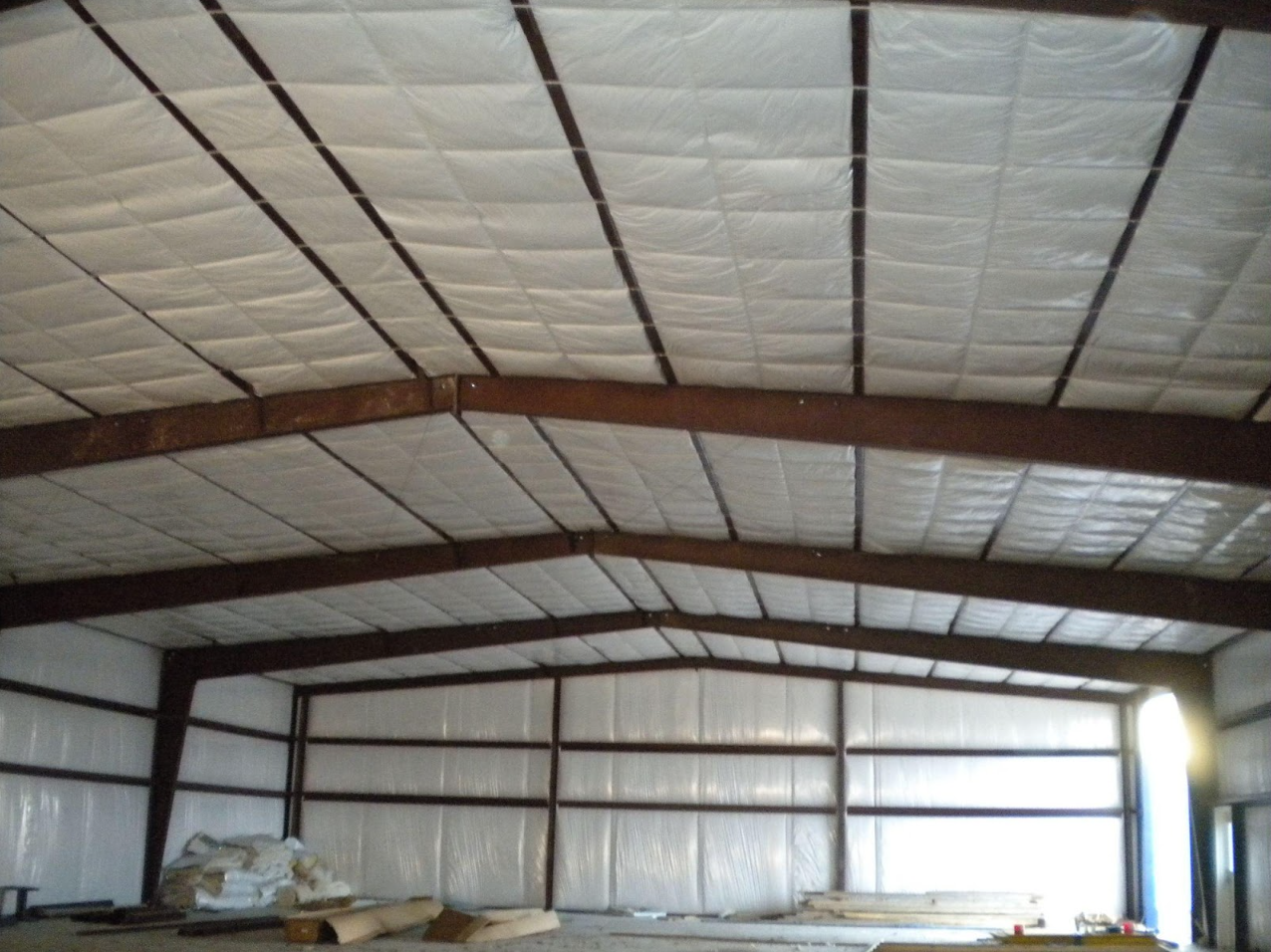
Insulating Your Metal Building: What You Need to Know
If you own a metal building, you know that the temperature inside can get extremely hot in the summer and unbearably cold in the winter. That’s why it’s important to properly insulate your metal building. Doing so will not only make it more comfortable but also help keep energy costs down. Let’s take a look at what you need to know when it comes to insulating a metal building.
Reasons to Insulate Your Metal Building
Steel is one of the most popular construction materials. It can withstand heavy loads and harsh weather conditions, however, steel is also a good conductor of heat, which can pose challenges in terms of energy efficiency. That’s why steel building insulation is so important. By insulating metal buildings, you can help to keep the interior temperature stable, reducing the need for heating and cooling systems. This can considerably reduce energy costs while improving the overall environment of the building. By adding insulation to your walls and roof, you will create an energy efficient envelope around your structure, helping regulate the interior temperature and keep it comfortable throughout the year— especially in extreme climates. Insulation also helps to reduce noise, improve air quality, and protect against fire.
Types of Insulation for Metal Buildings
The type of insulation you choose for your metal building will depend on its intended use, as well as its size and design. For example, if your metal building is located in an area with extreme temperatures or high humidity, you’ll want to opt for one of the more durable types of insulation like fiberglass or spray foam.
- Fiberglass Batt Insulation One of the most common types of insulation used in metal buildings, this type of insulation comes in pre-cut batts that are designed to fit between standard wall studs. It’s made with glass fibers that are woven together, then bonded with a binder to form a mat-like material. The benefit of using fiberglass batt insulation is that it’s relatively inexpensive and easy to install. The downside is that it doesn’t provide as much protection against air movement or sound as other types of insulation.
- Spray Foam Insulation Another popular choice for metal buildings, this type of insulation is sprayed onto walls in liquid form and then expands to fill every crevice, providing superior protection against air infiltration and sound transmission compared to other kinds of insulation. The downside is that spray foam can be expensive and messy to install, so it’s not always practical depending on your budget and timeline.
- Insulated Metal Panels IMPs are an increasingly popular choice for metal buildings. These rigid, foam-insulated panels combine several layers of insulation with a lightweight, durable metal shell to provide superior protection against heat loss and air infiltration. They are easy to install and can be used in both new construction and retrofit projects. However, they can also be more expensive than other types of insulation, so it’s important to weigh all your options before making a decision.
- Foam Board Insulation Foam board insulation comes in large sheets that can be easily cut to fit any size or shape of building. The biggest advantage of foam board insulation is that it can be installed quickly and easily without any special tools or skills. However, foam board may not be the best option if your building is located in an area prone to high winds or moisture because it doesn’t offer much protection from either of these elements.
Proper Installation of Insulation
Proper installation is key when it comes to making sure your metal building is insulated correctly and efficiently. Before starting your project, be sure to measure all walls and ceilings so that you know how much insulation material you need to purchase. Once that’s done, hire an experienced contractor who can install your insulation quickly, safely, and without any mistakes. It’s also important to note that some types of insulation have specific installation requirements— so make sure your contractor understands these requirements before beginning the project.
Insulation Maintenance and Repair
Once installed, be sure to regularly inspect your insulation for signs of damage such as cracks or tears as well as mold growth due to moisture buildup inside the metal building. If any damage is found, repair or replace it immediately before further problems arise from uncontrolled air infiltration or heat transfer into or out of the structure. Additionally, regular maintenance can help extend the life of your insulation by keeping dirt and dust from accumulating on top of it which can reduce its effectiveness over time.
Insulating a metal building is essential for keeping energy costs down and making sure temperatures remain comfortable all year round inside the structure no matter where it’s located. The key thing to remember is that proper installation by an experienced contractor is paramount when it comes to ensuring that your metal building has proper insulation which will last for years to come with minimal maintenance required along the way. With this knowledge in mind, go forth and start insulating! And remember we are always here to help with your project planning and building component needs. We have specialized in insulating metal buildings for decades, so you can be sure that with our top-of-the-line insulation your steel building will stay comfortable and energy efficient all year round. Give us a call at 866.689.8904 or reach out on our website.
